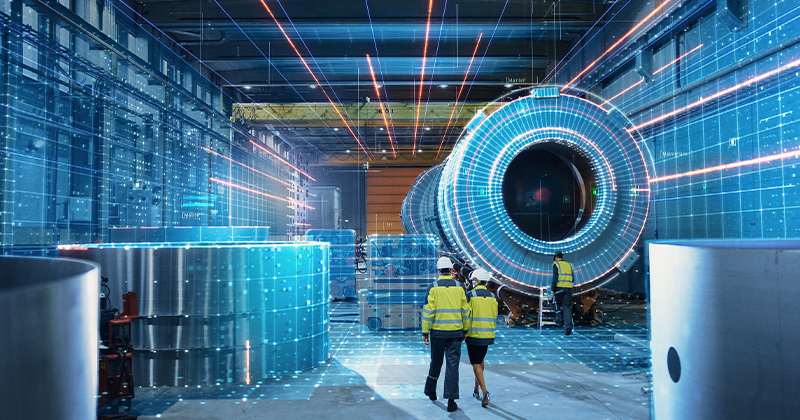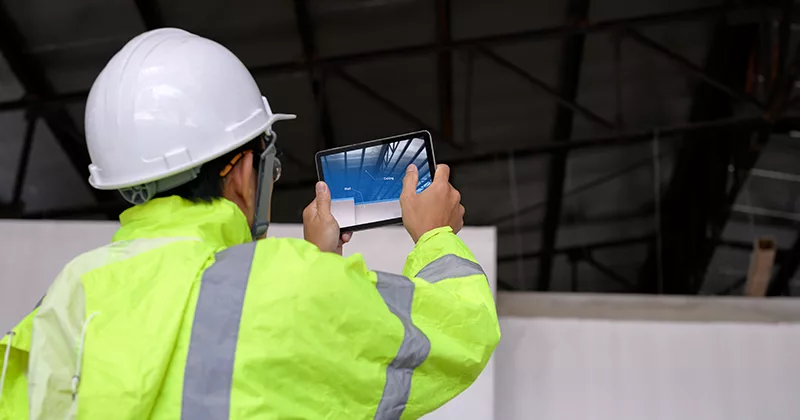24 mins read
The 5-step Path To Successful Digital Transformation For Contractors

- How to start changing? Here’s our recommendations:
- 1. Change management starts with the CEO
- 2. Develop a digital transformation strategy
- 3. Kick off with a small group
- 4. Integrate with other departments
- 5. Expand the scope of service
- Why can an integrated end-to-end construction software solution best support the 5-step digital transformation path?
A popular proverb says: “The best time to plant a tree was 20 years ago. The second-best time is NOW.”
In the context of businesses in the construction and real estate industry today, this means that if you want sustainable growth in the future, the best time to transform is NOW. And the keyword for this transformation is “digital” – the key for the future of all construction.
While the construction industry is presently undergoing this transformation, many contractors using traditional methods still enjoy success and profit no doubt. However, it is precisely this success that is the biggest obstacle for change, and one of the reasons why the industry finds it difficult to engage in change as other industries already have.

Why change? Why transform when everything is running well?
Because if we don’t ‘Uber’ ourselves, we will eventually get ‘Kodaked’. If we stay where we are and don’t innovate, we will be disrupted by other players, perhaps for example, by non-traditional construction players from other industries. Corporate cross-over is on the rise and it is inevitable that through the use of machine learning, AI, and digitalization, that corporate players, so far excluded from construction, will seek ways to break into what up till now has been considered a closed shop. But no longer!
At the same time, contractors are under time and cost pressure, and for the unfortunate whose construction projects are not well managed, time and cost over-reaches will become intolerable for clients when the landscape is dotted with examples of efficiently completed projects using digital solutions.
To remain competitive in a competitive marketplace, both young companies and those with decades of experience are investing in digitalization and new technologies, transforming their technical and commercial processes.
How to start changing? Here’s our recommendations:
1. Change management starts with the CEO
The first step is Change Management that starts with CEO. It’s very important that the CEO is the person who pushes this through and from Day One. CEOs must be the ones to have the vision and the understanding of future trends, and to implicitly anticipate what tomorrow’s clients expect.

Change management is a leadership-driven process where senior management plays a central role in making change successful. If senior management involvement is lacking, team behavior will not change. To make significant changes and shift how employees work, it is critical to ensure that digital transformation is supported by senior management who have the appropriate allocations of budget, human resources, and time available to achieve this transformation. This can only happen with the vision and blessing of the CEO.
2. Develop a digital transformation strategy
Once the digitalization commitment runs from top to bottom, senior management can establish a clear vision for the change management and digital transformation process to take place.
They must be able to clearly define expectations such as:
- How will the company benefit from digital transformation?
- What type of construction management software is needed to support digitalization?
- What result do we expect from digital transformation?
- What strategies should we implement? Project level or enterprise level?
- What does the milestone look like?
3. Kick off with a small group
“How do you eat an elephant? One bite at a time!”
Digital transformation is a big deal and so implementing change throughout the entire organization can be challenging. This is especially true when over half of employees have never worked with construction management software before.

That’s why starting with ‘smaller pieces’ can be a more practical method. Thus, the first step for many contractors could be to start digitalization within their design or planning teams to develop the working methods, workflows, and standards, that other departments, such as estimate, procurement, and business partner management, will inevitably work with, pushing it down the line to these other teams.
4. Integrate with other departments
After the design or planning department is digitalized, the next step is to bring more departments into the BIM model-based workflows, for instance, cost estimation, procurement, and site teams. In the end, you’ll have one company that is completely digitally integrated, having standardized workflows and connected data for enterprise-wide projects.

5. Expand the scope of service
The business environment is changing fast, so is business development. To respond rapidly and flexibly to market demands, business models and the business scope should evolve concurrently, for instance, by adding new business divisions such as prefabrication.
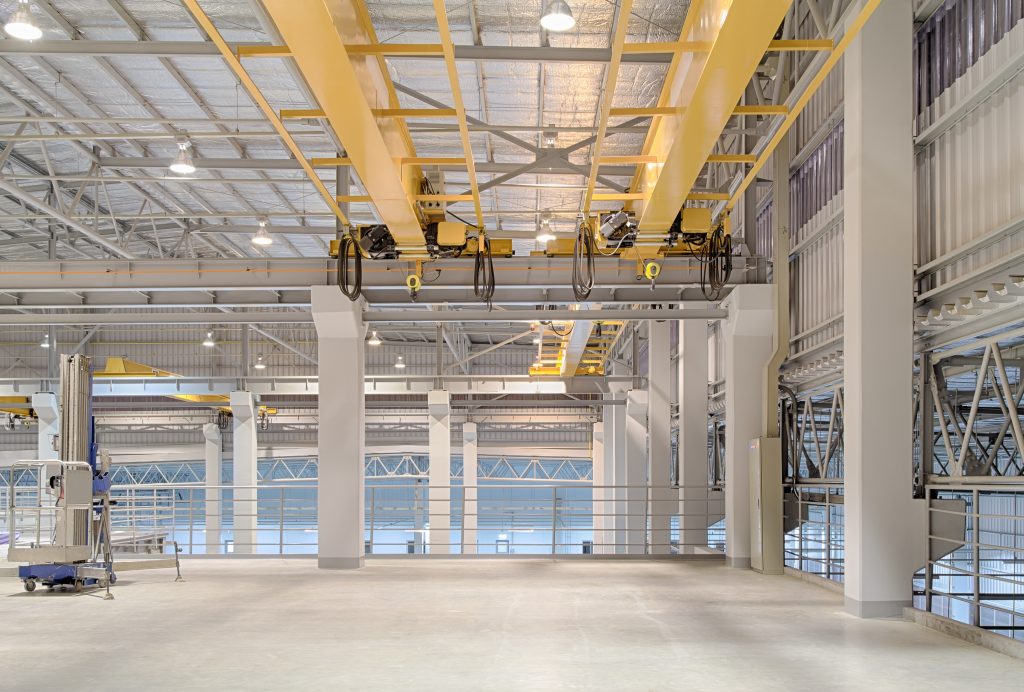
Why can an integrated end-to-end construction software solution best support the 5-step digital transformation path?
With 63% of companies using construction management software for two years or less, many suffer from misalignment between technology and company demand, as many companies implement a department level strategy of tool and application acquisition instead of focusing on the long-term strategy of enterprise-wide implementation.
The key to long-term digital transformation success is to adopt an enterprise-level platform as the digital foundation that retains an open API for the wider supply chain to adapt to future changes. This way, as the organization evolves, additional solutions can be integrated and interconnected onto this platform, while costly stopgap measures that only help in the short-term can be phased out.
MTWO is a future-proof construction enterprise cloud platform that helps to manage all projects from end-to-end with 6D BIM (3D design + 4D schedule + 5D cost + 6D carbon factor). MTWO connects all teams, anytime and anywhere through all devices, and provides real-time intelligent data for effective decision-making, helping project teams to build faster, smarter, and better, and enabling enterprises to be more efficient, sustainable, and successful.
Download the Future-Proof Your Construction Business whitepaper here or sign up for a live demo with MTWO product experts and see how MTWO can help your team build better, faster, and smarter.
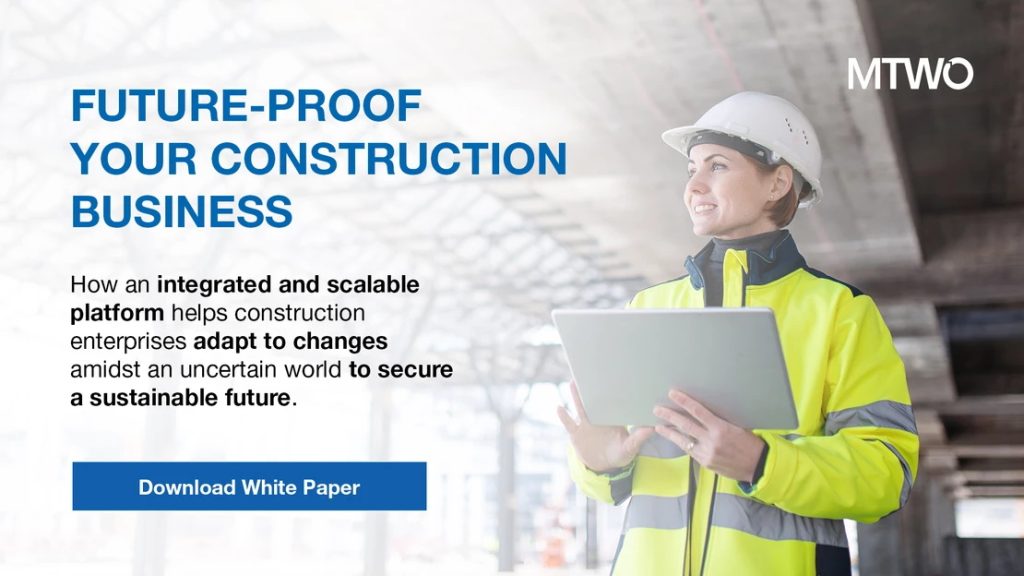
Here at RIB Software, we’re driven by disruptive digital technologies, industry best-practice and trends, and have made it our purpose to propel the industry forward and make engineering and construction more efficient and sustainable. That includes supporting the development and availability of world-leading solutions that empower industry professionals to quantify, measure, report on and compare embodied carbon across the project lifecycle. And we’re not stopping there, in-progress development sees our solutions ultimately enabling better design and procurement decisions factoring in cost, time and carbon in order to mitigate and eliminate embodied carbon used across the life of a building.
Most Recent
24 mins read
14 mins read
15 mins read
25 mins read
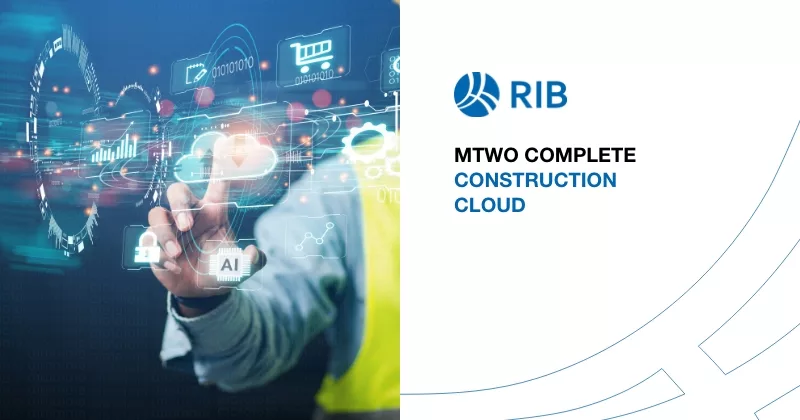
E-BOOK







